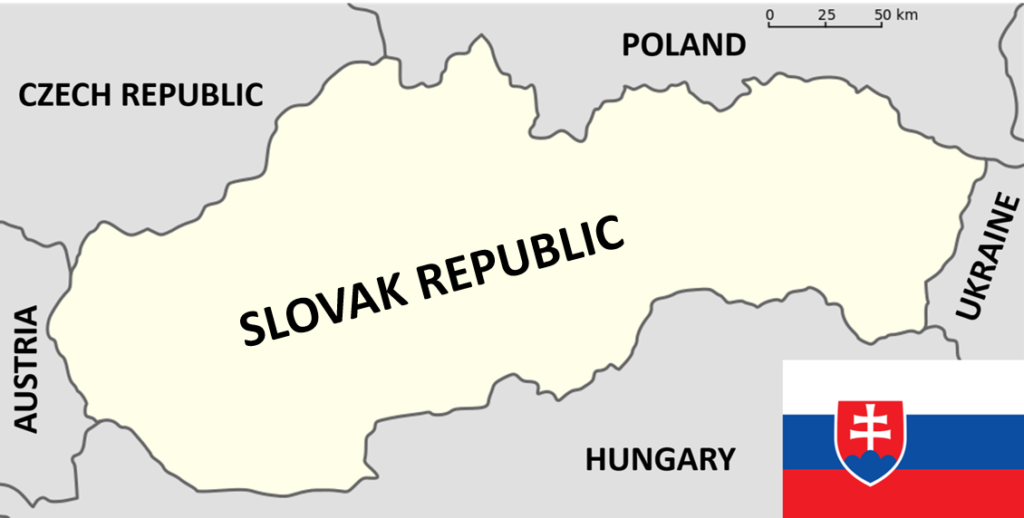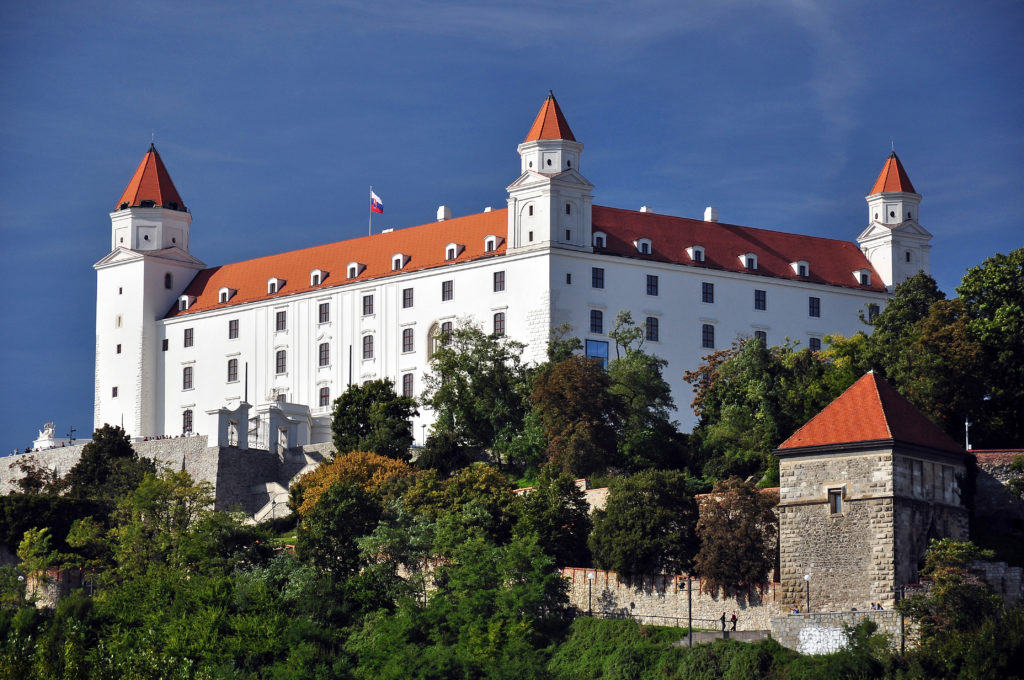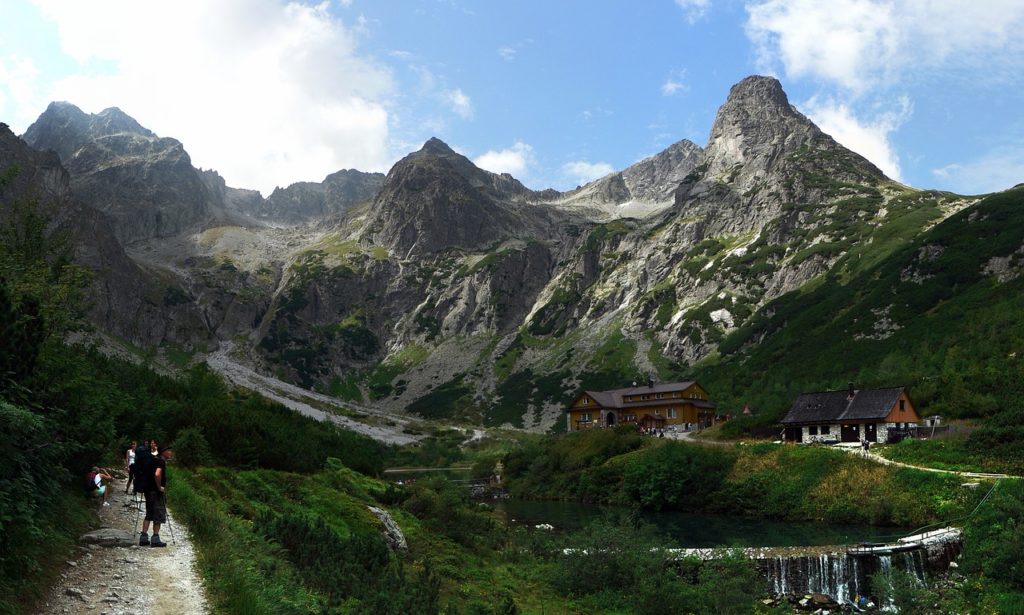Slovakia is a Central European country known for its beautiful landscape and growing economy. Slovakia is one of the four members of the Visegrad Group.

Location: Central Europe (borders with the Czech Republic, Poland, Ukraine, Hungary and Austria)
Capital: Bratislava
Area: 49,000 km²
Population: 5.4 million inhabitants
Official language: Slovak
GDP: $96 bil (in 2017)
GDP growth: 3.2% (in 2017)
Currency: Euro
Main industries: Automotive, electronics, mechanical engineering, chemical engineering, information technology
History: Slovakia traces its roots to the 9th century state of Great Moravia. Subsequently, the Slovaks became part of the Hungarian Kingdom, where they remained for the next 1,000 years, followed by the formation of the dual Austro-Hungarian monarchy in 1867. After the dissolution of the Austro-Hungarian Empire at the close of World War I, the Slovaks joined the Czechs to form the Czechoslovak Republic on 28 October 1918. Since 1938, the Czechoslovakia’s international position has been shaken by several historical moments, such as The Munich Agreement in 1938*, the world economic crises, or 41 years of Communist totality. Nevertheless, Czechs and Slovaks held together through the difficult times and managed to win their freedom by the Velvet Revolution in 1989. Few years later in the parliamentary elections it was decided that the Republic would be dissolved due to a disagreement about organisational concepts of Czechoslovakia. On the 1st January 1993, the Slovak Republic was created as an independent, sovereign and democratic state.

Economy: The Slovak economy is one of the fastest growing economies in Europe and the 3rd fastest in Eurozone (2017). Slovakia has been a regional foreign direct investment (FDI) champion for several years, attractive due to a relatively low-cost yet skilled labor force and a favorable geographic location in the heart of Central Europe. Exports and investment have been key drivers of Slovakia’s robust growth in recent years. The unemployment rate belongs to one of the lowest in the EU, at 6.4% in Q3 2018**. As OECD reported in 2017: The Slovak Republic continues exhibiting robust economic performance, with strong growth backed by a sound financial sector, low public debt and high international competitiveness drawing on large inward investment.***
Slovakia became a member of the EU in 2004 and adopted euro at the beginning of 2009.

Sectors: The automotive sector is one the fastest growing sectors in Slovakia due to the recent large investments of Volkswagen (Bratislava), Peugeot (Trnava), Kia Motors (Žilina) and since 2018 also Jaguar Land Rover in Nitra. Passenger car production reached 1,040,000 units in 2016, which makes Slovakia the largest automobile producer in terms of produced cars per capita. The Slovak service sector grew rapidly during the last 10 years as well and it now employs about 69% of the population and contributes with over 61% to GDP.
Tourism: Slovakia’s tourism has also been rising in recent years mainly thanks to beautiful mountainous surface, national parks, mineral springs, castles (Slovakia has world’s highest number of castles and chateaux per capita) and numerous caves (there is more than 6,000 of them).
Sources: wikipedia.cz, visegradgroup.eu, timeforslovakia.com, The World Fact Book (www.cia.gov)
*Settlement reached by Germany, Great Britain, France and Italy that permitted German annexation of the Sudetenland, in western Czechoslovakia.
** Statistical Office of the Slovak Republic
*** oecd.org: Economic Survey of the Slovak Republic 2017
